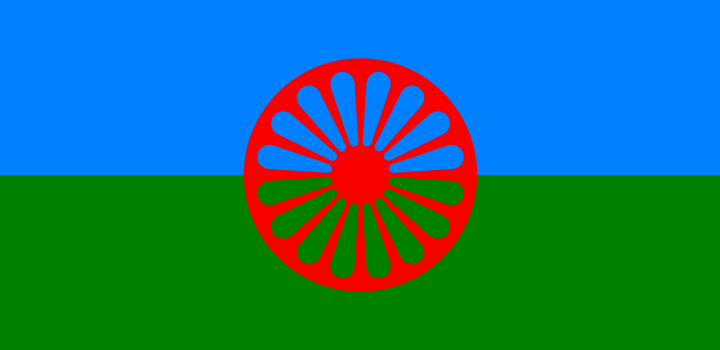Celebrating Gypsy, Roma and Traveller History Month
By: Jethro Shirley-Smith

There are some cultural celebrations that go a little more unnoticed in our calendar year. Gypsy, Roma and Traveller History Month is one of those. And yet, each June since 2008, Gypsy, Roma and Traveller History Month comes around trying hard to celebrate and raise awareness of Gypsies, Roma and Travellers, helping to tackle prejudice, challenge myths and amplify the voices of Gypsies, Roma and Travellers in wider society and their contribution to society.
Whether it is the tragic events of the estimated 250,000 to 500,000 Romani and Sinti that were killed in the Holocaust (known in Romani as the Porrajmos) or the more everyday contributions of Romani words into our vocabulary such as ‘wonga’ and ‘cushty’, there is much about Gypsy, Roma and Traveller people that are commonly known, and less so celebrated.
There are an estimated 10-12 million Gypsy, Roma and Travellers living in Europe today. These are estimates for many reasons. Many do not register with local authorities. Others do not disclose their ethnic identity for fear of prejudice, discrimination and hate crimes. In the UK, it wasn’t until as recently as the 2011 census that Gypsy and Traveller was a category in its own right, and not until 2021 that the category of Roma was included. In other words, if you were a member of these communities, you couldn’t even stand up and be counted even if you wanted to. Some estimates put the UK Gypsy, Roma and Traveller population as high as 300,000, although official records vary.
Across Europe and the UK, there are many names for many communities, each different to the next, each proud of their own distinct identity. Irish Travellers are a nomadic group of people from Ireland. Some Travellers of Irish heritage identify as Pavee or Minceir, which are words from the Irish Traveller language, Shelta. Romany Gypsies have been in Britain since at least 1515 after migrating from continental Europe during the Roma migration from India.
The term Gypsy is often cited as coming from ‘Egyptian’, which is what the dominant population perceived them to be because of their dark complexion. Roma is used as an umbrella label to cover diverse groups, including Roma, Sinti, Kale, Romanichels, Boyash/Rudari, Ashkali, Yenish, Dom, Lom, Rom and Abdal, as well as Traveller populations (gens du voyage, Gypsies, Camminanti, etc.). It is a complicated issue. Usage of the word ‘Roma’ rather than variants of ‘Gypsy’ was adopted by many (although not all) as an umbrella term along with their flag, which represents the land, sky and their nomadic histories.
Historically, and for many reasons, Gypsies, Roma and Travellers’ school attendance in the UK drops significantly after primary level, with only 6 per cent gaining 5 GCSEs or above. And those accessing higher education are even lower, although on the increase. According to Travellers Times, for example, in 2021-2022, the total number of Gypsy and Traveller students starting a degree was 620, compared to 310 in 2020-21.
Here at UEA, Gypsy, Roma and Traveller Month has a particular resonance. The ROMLIT project is a pioneering UK project, led by UEA’s Dr Spyros Themelis, that focuses on the Early Years education experience of those from Gypsy, Roma and Traveller communities, paving the way for inclusive and, crucially, empowering educational practices.
So, let’s learn more about Gypsy, Roma and Travellers. Let’s tackle the prejudice, challenge the myths and amplify the voices of Gypsies, Roma and Travellers in wider society. Let’s celebrate Gypsy, Roma and Traveller Month this June. And Every June.